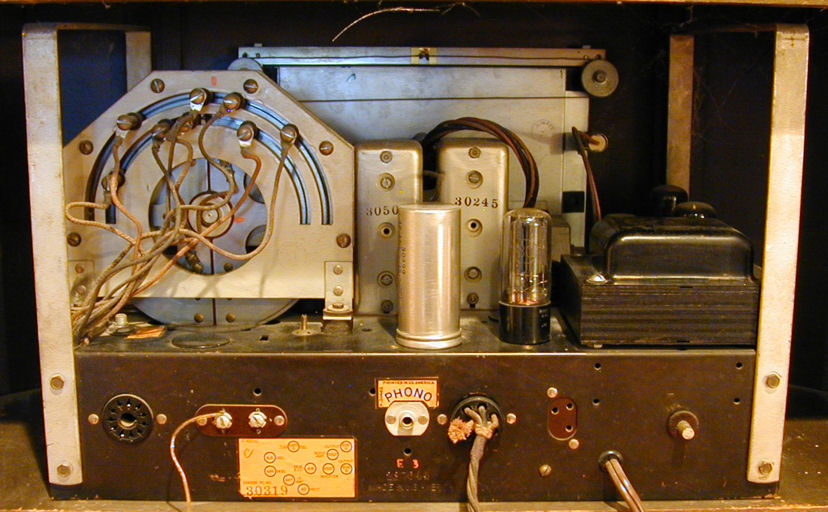Hello folks,
I have noticed that many HF and VHF receivers (especially vintage receivers such as Watkins-Johnson receivers) have a "video output" that appears to be a baseband output. Can anyone explain what's the purpose of this output and why it is called "video" since we are talking about receivers for narrow band AM and FM, and not for television?
Thanks in advance
FS
I have noticed that many HF and VHF receivers (especially vintage receivers such as Watkins-Johnson receivers) have a "video output" that appears to be a baseband output. Can anyone explain what's the purpose of this output and why it is called "video" since we are talking about receivers for narrow band AM and FM, and not for television?
Thanks in advance
FS


